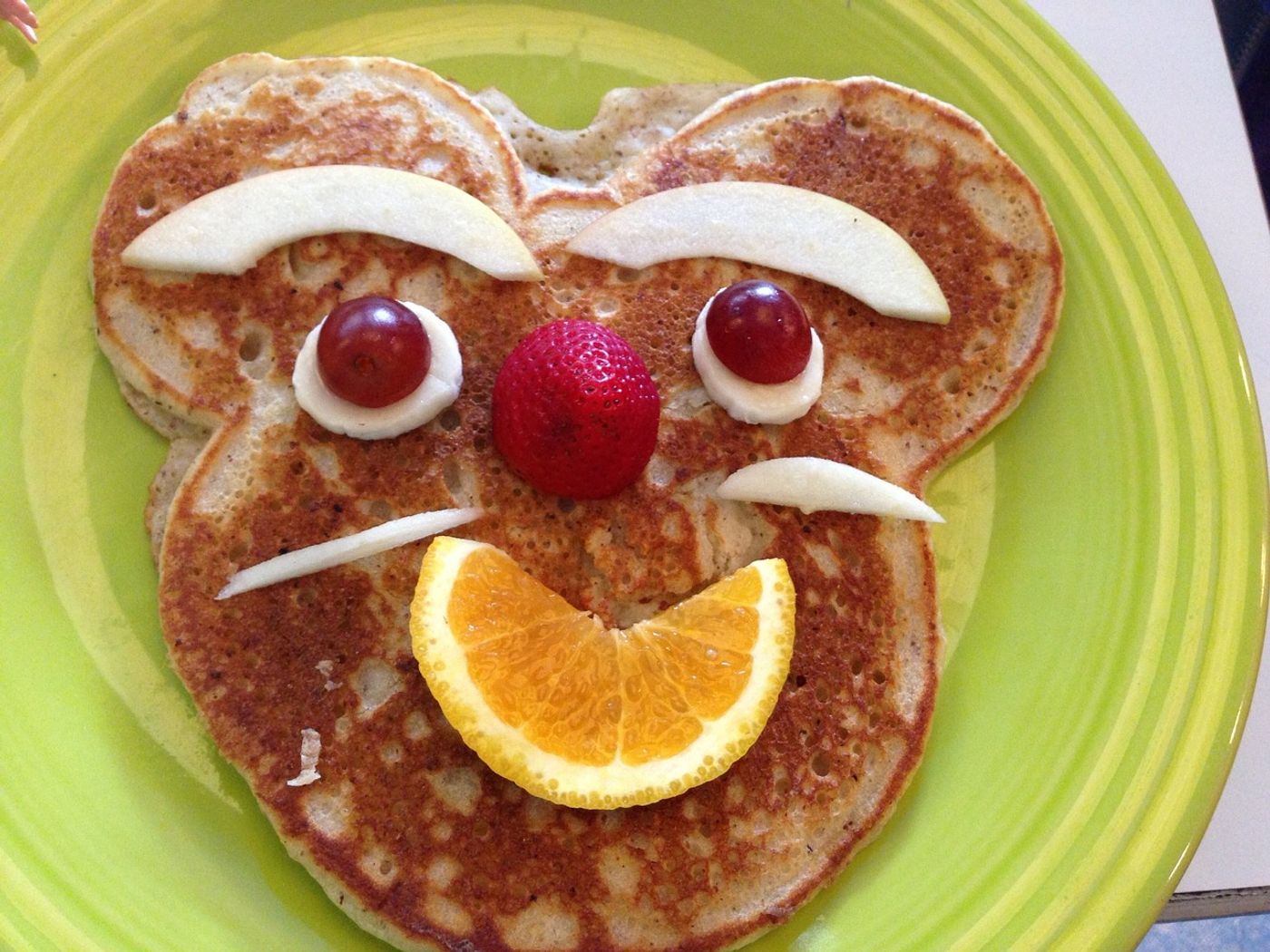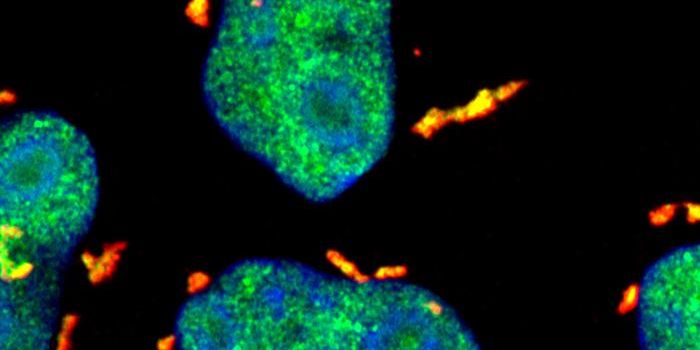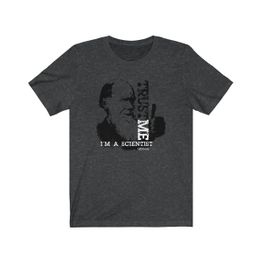Kids who eat high in protein breakfasts eat fewer calories at lunch.

According to a recent study published in the journal
Eating Behaviors, high protein breakfasts, like eggs, keep children fuller for longer in comparison to cereal or oatmeal.
Nutritionist Tanja Kral, an associate professor at the University of Pennsylvania School of Nursing, led a team of researchers in finding what breakfast is good for children. They recruited 40 children who were 8 to 10 years old. Once a week, for three weeks, the researchers had the children consume one of three 350-calorie breakfasts. The three options were eggs, oatmeal, and cereal. The children then played games with the research staff and then ate lunch. The children were required to eat their entire breakfast. However, they could choose to eat as much or as little lunch as they wanted. They were asked questions throughout the morning on their hunger level. The parents logged what their children ate for the rest of the day in a food journal.
The research found that the children who ate the “egg breakfast” consumed 70 calories less than normal. That amount of calories is equal to about four percent of a child’s necessary daily caloric intake. The egg breakfast contained scrambled eggs, whole wheat toast, diced peaches, and one percent milk.
"I'm not surprised that the egg breakfast was the most satiating breakfast," said Kral. "What does surprise me is the fact that, according to the children's reports, eating the egg breakfast didn't make them feel fuller than cereal or oatmeal, even though they ate less for lunch. We expected that the reduced lunch intake would be accompanied by lower levels of hunger and greater fullness after eating the high protein breakfast, but this wasn't the case."
Researchers still need to study children over a longer period of time than just three weeks. The findings could have important implications for obesity prevention. "Approximately 17 percent of US children and adolescents are considered obese," Kral says. "It's really important that we identify certain types of food that can help children feel full and also moderate caloric intake, especially in children who are prone to excess weight gain."
Sources:
University of Pennsylvania School of Nursing press release via EurekAlert!,
journal study


















































